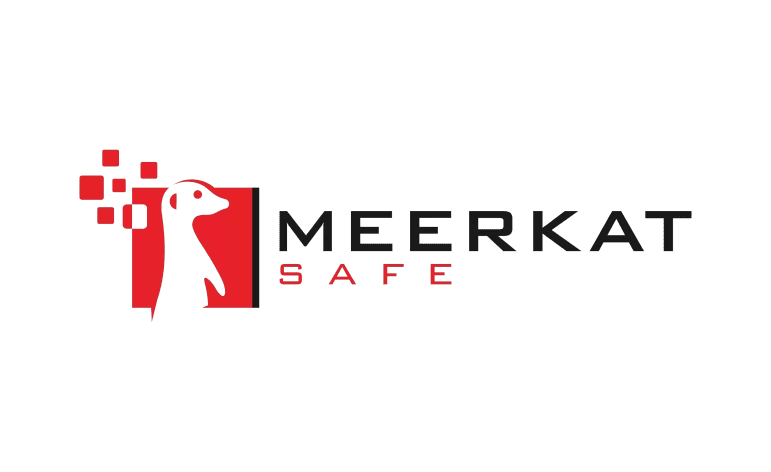
The power of word of mouth has not diminished one iota in modern times. In fact, it’s boomed since the advance of digital technologies and social platforms. A customer’s experience with a company can go viral, for better or worse. When it’s for the better, everyone benefits, especially the company responsible for the positive experience.
The Link Between Sales and Service
Customer Relationship Management brings together an experience-orientated service that combines all interactions into revenue streams. When a customer engages with a company, the service agent may recognize a sales lead and hand it off to a sales agent or pre-sales engineer.
The inverse is also true, where a sales agent could discover an issue and quickly direct the customer to a service agent. Both of these scenarios benefit the organization, as customer retention improves and word of mouth spreads.
Referrals from Customers are as Good as Gold
A referral from a satisfied customer is the number one method to gain new, loyal clients. While email marketing campaigns are the best way to generate new leads, positive reviews help ensure they become clients.
There are entire platforms dedicated to recording both positive and negative experiences online. This doesn’t just apply to customer experiences, but sites like GlassDoor even rate prospective employers. When deciding on a change in jobs, knowing which companies look after their employees is terribly important to individuals.
The Importance of Being Proactive with Customers
When customers encounter a problem, it’s only natural that they react negatively. Modern companies rely on technologies, devices, stock replenishment, and cloud services to do business. If one of these items fails, the entire supply chain can grind to a halt. Pressure builds, nerves fray, and sparks may start to fly. The responsible party will no doubt get an earful, and it may not stop there.
Social Media is the Whip Customers always Wanted
With more and more people going online to share their opinions, its safe to say every interaction with a customer facing a problem presents a risk. Not resolving the issue to their satisfaction could send them to Twitter or Instagram, voicing their frustrations for the whole world to see.
If the company involved has no social media presence, they may not even know about the loss in reputation. Proactive organizations will ensure they are available on every platform, and respond publicly to the dissatisfied client. Simply engaging openly and transparently with the customer can limit the damage to reputation significantly.
Methods and Types of Customer Service
While the systems and tools that ensure a good customer service experience are standard, they should be customized to suit the business and its mission. A personalized experience is vital to ensure customers feel valued and well served. In turn, that will prompt them to share their experience and generate new customers from the connections that trust their opinions.
Nielson found in 2013 that 84% of consumers trust referrals they get from their peers. It proves that every negative interaction can cascade quickly, while positive referrals can multiply revenue exponentially.
The tools companies should use to facilitate a positive experience are:
1. Social Media Presence
When a customer feels happy about an interaction, odds are they will broadcast that to their connections. If a company has no presence on social media or other online platforms, the opportunity to leverage that experience into new customers could be lost.
Similarly, if a customer complains and there is no response, trust from the public will diminish. While social media provides great opportunities to engage with customers, it also puts a lot of power in a client’s hands.
2. Self-Help and Knowledge Base
Customers prefer to manage their own time. Forcing them to wait for an answer or even a simple response will frustrate even the most patient customers. Providing a self-service option will alleviate the feeling of helplessness, and maybe even solve their problem.
Knowledge base articles and how-to guides are now replacing the FAQ sections for many organizations. A tool previously used for internal teams to improve their productivity is now changing how customers engage with their service providers.
3. Digital Communications
There are many different types of digital communication channels available to ensure customers can reach and receive support. Emails, ChatBots, Messaging Apps, and CRM platforms all integrate with the modern customer support system.
4. Refer a Friend Program
Finally, starting an RAF program may persuade a happy customer to share their experience with the people who trust them. By providing a reward for their referral, the organization gains new leads while existing customers also benefit in the long run from their relationship.
Document Solutions Inc. Office Technology Solutions
DSi is customer focused and dedicated to retaining excellent relationships with their customers. As a family owned business that serves New Mexico and El Paso, they understand the value of helping customers succeed over time. As technological needs change and companies expand, DSi offers the solutions that empower their clients to thrive.
Contact DSi for any advice or service query today and take advantage of the technologies that drive the modern digital economy.

Jocelyn Gorman, the Executive Vice President of DSI, possesses a deep understanding of the unique requirements of growing businesses. With over a decade of experience collaborating with clients across various industries, she closely collaborates with her Sales Team to develop and implement tailored technology solutions. These solutions aim to enhance office productivity and minimize operational costs. Her remarkable ability to effectively address business challenges has garnered recognition from prestigious publications such as the Cannata Report and Family Business Magazine.


































